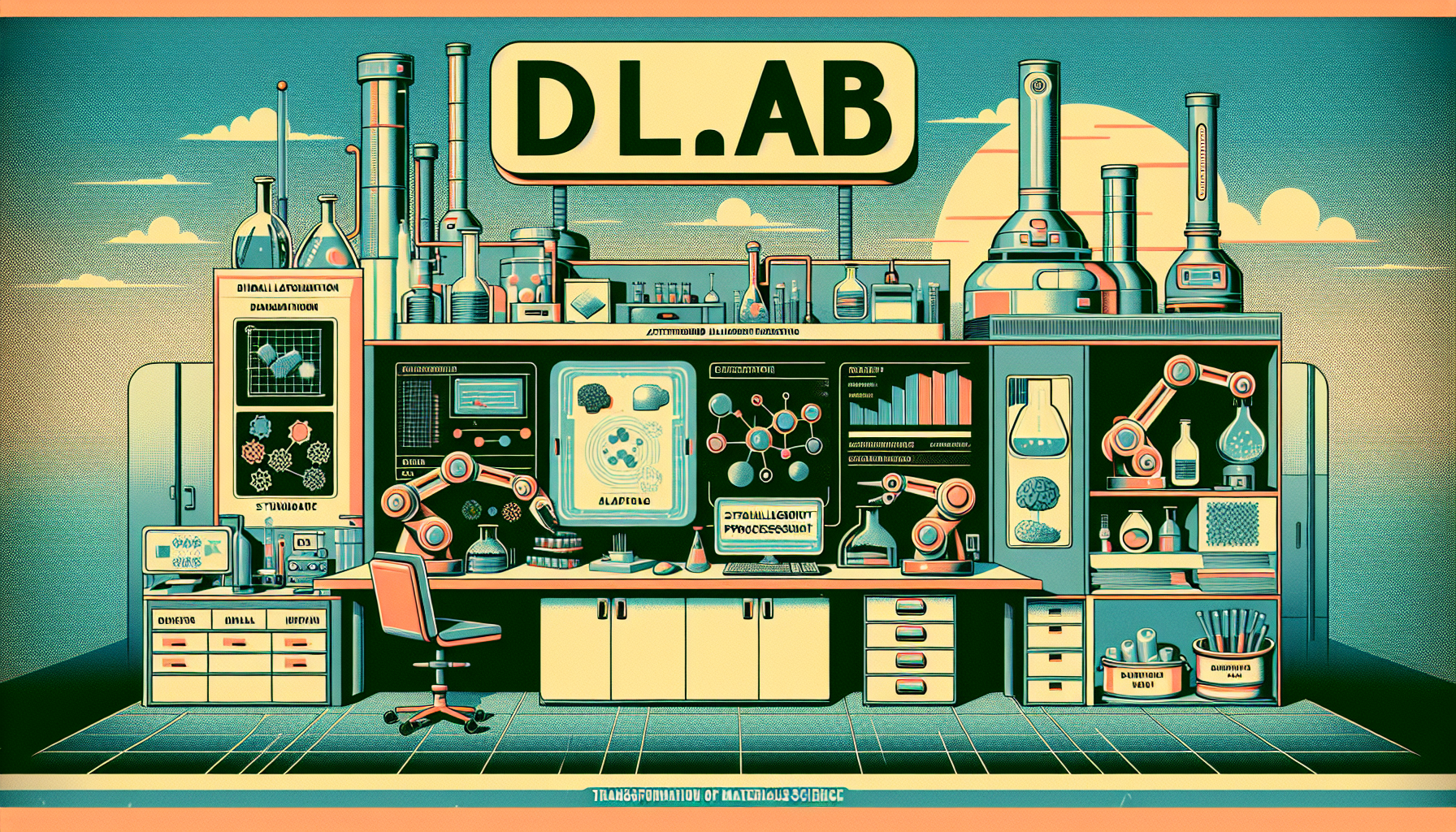In the world of materials science, a quiet transformation is taking place. Researchers at the University of Tokyo, working with partners from around the globe, have created a digital laboratory called dLab. This remarkable system promises to change the way scientists discover and understand new materials, by bringing together robotics, artificial intelligence, and standardized data in a single, automated platform.
The Heart of dLab: Working Without Human Hands
At its core, dLab is a fully automated laboratory. It can synthesize thin-film materials—sheets only a few atoms thick—with careful control over every condition. Once a new material is made, the system analyzes it using advanced techniques such as X-ray diffraction, Raman spectroscopy, and electrical and optical testing. Every step, from making the material to studying its properties, happens without the need for human touch.
Instruments That Work as One
What sets dLab apart is its modular design. The laboratory is made up of several instruments, each one dedicated to a particular task. These are not isolated machines; they are linked both physically and digitally. This tight connection means that a sample can move directly from one instrument to another with incredible efficiency. There is no pause, no waiting for a scientist to step in.
Speaking the Same Language: Standardized Data
A challenge in modern science is managing the mountain of data produced by different tools. dLab solves this problem by making sure every machine speaks the same language. Data from each instrument is saved in a specially designed format called Measurement Analysis Instrument Markup Language, or MaiML. This format unifies all the information, making it easy to collect and share.
All experiment data flows into a secure cloud database. From there, researchers can apply specialized software to analyze results and search for patterns. This digital infrastructure opens the door to data-driven discoveries, bringing the power of artificial intelligence to every experiment.
Looking to the Future
The vision for dLab does not stop here. The team behind it is working to fine-tune the orchestration software that manages each experiment, aiming to schedule and process many samples even more efficiently. These improvements will speed up materials research even further.
As more laboratories adopt such systems, the benefits will grow. Scientists will be able to share data easily, working together across distances. The creative process will be freed from routine tasks, letting researchers focus on the deeper questions that drive discovery.
A New Way Forward for Materials Science
dLab is more than a collection of machines. It is the beginning of a new era where efficiency and precision go hand in hand. Automated synthesis removes the slow steps of traditional experiments. Each sample is made and measured with exacting care, removing sources of error and repetition that have long slowed progress.
With all data standardized and accessible, machine learning algorithms can reveal hidden relationships between how a material is made and what its properties turn out to be. This approach not only speeds up the pace of discovery but also helps scientists ask better questions—and find better answers.
By bringing researchers together on a shared digital platform, dLab encourages collaboration and accelerates innovation. The future of materials science will be built not just on new materials, but also on new ways to discover and understand them.
The Promise of Digital Laboratories
The digital laboratory is poised to redefine experiment and discovery. By automating the creation and analysis of materials, and by making data available and useful to all, dLab is opening doors to discoveries that once seemed out of reach. With reverence for both tradition and innovation, a new chapter in scientific progress is being written—one where the digital and the physical work in harmony to reveal the secrets of the materials that shape our world.

Leave a Reply